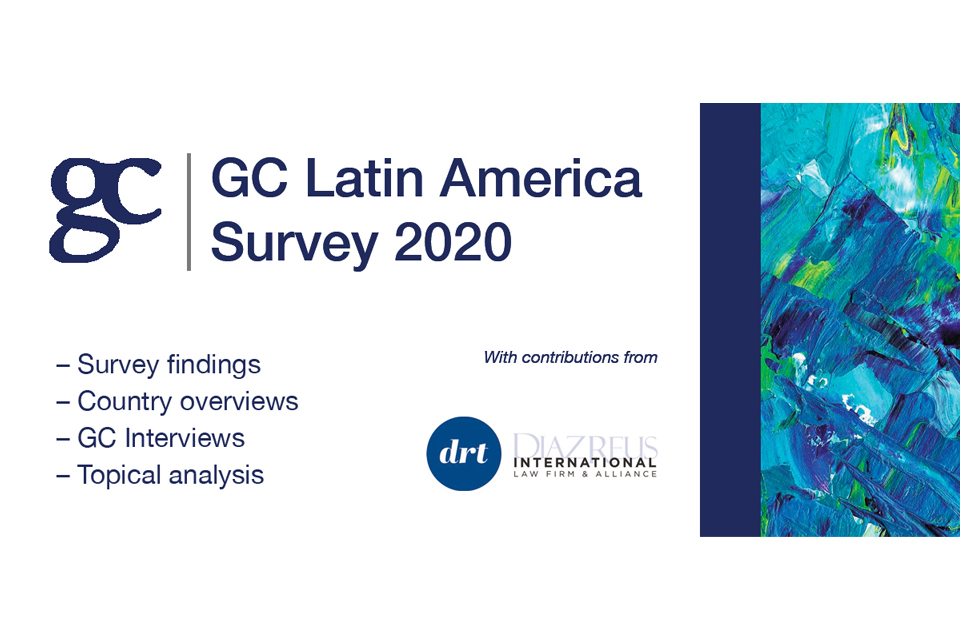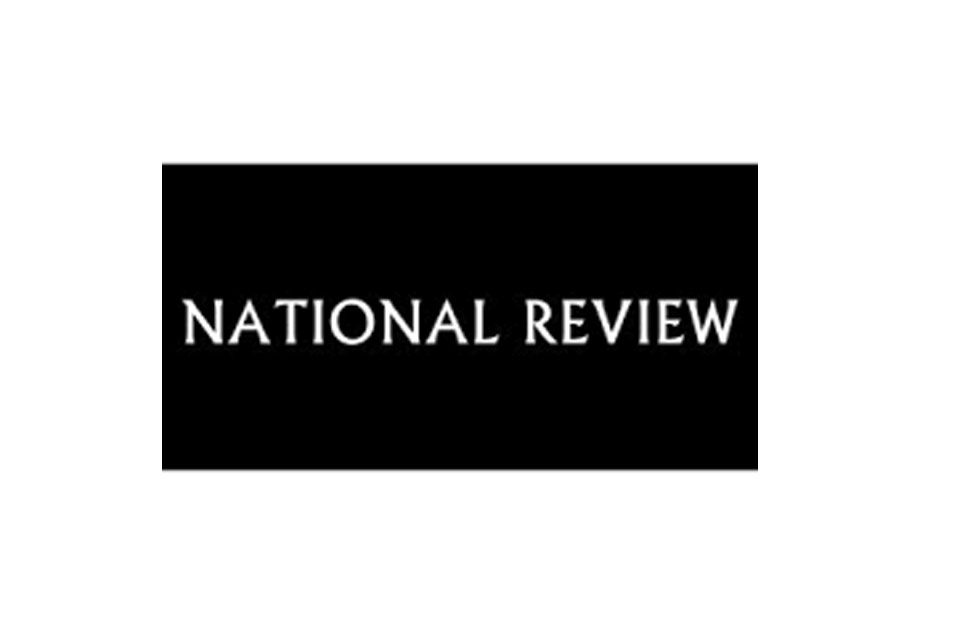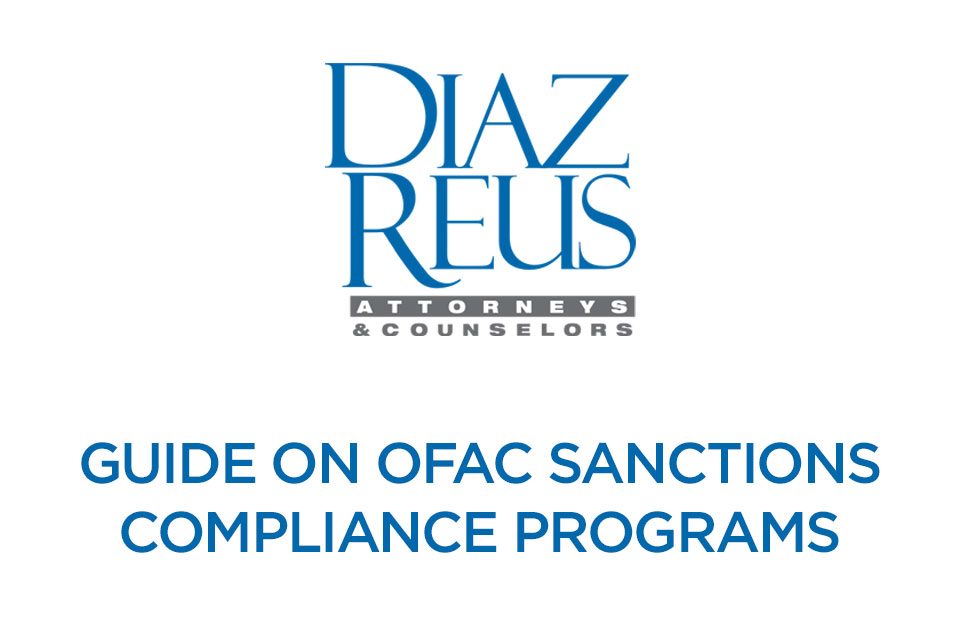Risk-based compensation is a practice whereby banks and financial institutions create attractive compensation packages as an incentive for executive employees willing to make risky—inherently unsafe—business and financial decisions. The recent history of the financial markets strongly suggests that the practice of incentive-based compensation compel bank executives to turn a blind eye to the true dangers of their investment decisions.
As a result of the tumultuous financial markets, banks and financial institutions in the United States and Europe now face increased regulatory pressure to eliminate compensation practices that foster excessive risk-taking. On June 25, 2010, U.S. bank regulators issued their final risk-based compensation guidance which made clear that banks and other financial institutions are expected to immediately bring themselves into compliance.
The United States is not alone in increasing regulatory pressure on the industry. On July 7, 2010, the European Parliament tackled the issue of incentive pay for financial executives by adopting directives limiting the bonuses bankers may receive to a percentage of their salary. The European directives further require that bonuses be deferred or potentially paid back by their recipients if a bank becomes at risk.
The United States risk-based compensation guidance is based on three principles. The first principle involves balanced risk-taking incentives. Under this principle, all types of risks must be effectively assessed and taken into account in determining the amount, form and timing of compensation for any employee or group of employees who take material risks on the bank’s behalf.
The second principle addresses effective controls and risks management. In essence, all compensation plans and policies must be implemented, monitored, and documented under appropriate controls. To this end, it is crucial for independent risk officers and other experts to be actively involved in the process.
The third principle involves strong corporate governance. According to Dan Borge, a New York-based director of the financial services practive of LECG, it is essential that independent and qualified board members oversee all risk-based compensation programs and have access to both inside and outside experts. Pursuant to these regulations, banks and financial institutions will have to make considerable changes and adjustments to their compensation plans as well as to their corporate governance, risk management, and human resources policies.
U.S. regulators have not manifested the intent to impose a “one-size-fits all approach” to solve the issue of risk-based compensation. Therefore, for now, each bank has a certain degree of flexibility in how it structures its compensation programs. Borge believes that to take advantage of this inherent flexibility, a bank needs to develop an approach that achieves the best possible fit with its particular business profile that will be acceptable to the regulators.
Many business consultants believe that the “policy-based approach” issued by the regulators, rather than a “rules-based approach,” is flexible enough to provide a plausible solution to the issues created through risk-based compensation. Francis Wallenfang, manager in the compensation and benefits practice of LECG, stated in a recent interview that a policy-based approach is superior to a rules-based approach, for banks cannot simply have a “one-size-fits all approach” since there are many different types of banks by virtue of their size and the different markets that they serve.
Many people fear that U.S. regulations will become as oppressive as the U.K. guidelines requiring salary caps, compensation guidelines, and/or taxes. However, Wallenfang believes such ideas are extreme and that regulators are approaching risk-based compensation from a guideline basis, thus, leaving some flexibility to design compensation packages. Banks also fear that they will not be able to balance the needs of their shareholders with the need to attract “quality” executives in lieu of compensation expectations. On this point, Christie Sciacca, director of the services practice of LECG, believes the regulations do not impede banks from creating attractive compensation packages. According to Sciacca, the guidance only requests banks to recognize the risks they are taking, tie compensation to those risks, and ensure that compensation incentives do not encourage excessive risk-taking.
The first step in getting ready for risk-based compensation is for a bank to do an objective review that: (1) assesses the likely regulatory standards for risk-based compensation; (2) reviews the firm’s current practices and capabilities in risk governance, compensation policies, and relevant financial and risk controls; (3) identifies gaps between the status quo and requirements for linking risks to compensation; and (4) develops an implementation plan to reduce those gaps within a timeline that is acceptable to the regulators.
The real impact the June 2010 guidance will have on the U.S. banking industry is yet to be seen, but many financial analysts predict that a new version of risk-based compensation could evolve and become the preferred practice in many industries. As Borge explained in his article, The Game is Changing, risk-based compensation guidance provides bank and financial institutions with the opportunity to drastically improve the way banks do business.

















































































![Especial abogados Salón de la Fama[61] 4](https://diazreus.com/wp-content/uploads/2023/06/Especial-abogados-Salon-de-la-Fama61-4-pdf.jpg)



























































































































































































